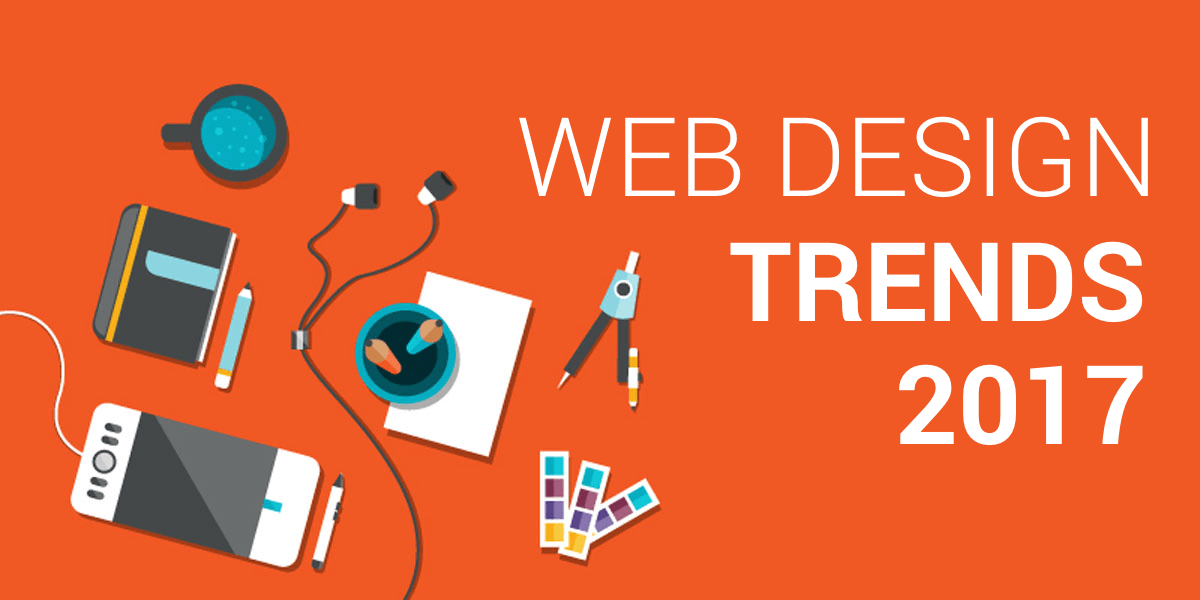Customized Aligned Position Web Design: Unique Web Designs That Reflect Your Brand’s Identity
The Most Effective Sorts Of Web Layout to Boost Customer Experience and Involvement
In the ever-evolving landscape of electronic interaction, the efficiency of website design substantially influences customer experience and interaction. Various layout strategies, such as minimal, responsive, and interactive layouts, each deal unique advantages that can accommodate varied user requirements. Understanding which types of website design best offer these purposes can be pivotal for services intending to enhance client contentment and retention. The concern stays: which style components absolutely resonate with users and foster meaningful interaction? The expedition of these concepts exposes essential insights that may redefine your approach to website design.
Minimalist Web Design
As digital landscapes become increasingly cluttered, minimal Web layout has actually become a powerful approach to enhancing customer experience. This layout ideology focuses on simplicity, focusing on important elements while removing unneeded diversions. By using sufficient white space, uncomplicated navigating, and a restricted color scheme, minimalist design cultivates clearness and directs user focus to essential content.
The core concept of minimalist website design is to produce a smooth communication for users. By lowering cognitive tons, users can promptly comprehend information without really feeling overwhelmed. This straight method not just enhances usability yet also urges interaction, as site visitors are most likely to check out a site that is visually enticing and simple to navigate.
In addition, minimal design typically stresses typography and images, utilizing these aspects tactically to share messages effectively. In essence, minimalist Web style is not simply a fad; it is a thoughtful technique that recognizes the significance of user-centered style.
Receptive Website Design
In today's varied electronic environment, receptive Web design has become vital for producing a smooth individual experience throughout a wide variety of tools. As customers accessibility internet sites on smart devices, laptops, desktop computers, and tablet computers, the capacity of a web site to adjust its design and content to different display dimensions and resolutions is vital.
Receptive Web design uses adaptable grids, pictures, and CSS media queries to guarantee that Web material is provided efficiently, no matter the gadget utilized. This method not only boosts the visual appeal of a website yet likewise considerably improves use. Individuals are most likely to involve with a website that provides a constant experience, as it removes the aggravation of needing to focus or scroll excessively.
Moreover, search engines, consisting of Google, prioritize mobile-friendly internet sites in search rankings. By taking on receptive design, organizations can improve their presence and reach a more comprehensive audience. This strategy likewise streamlines web site upkeep, as a single variation of the site can accommodate all devices, lowering the need for numerous versions. In summary, receptive website design is a fundamental method that boosts individual experience, involvement, and general satisfaction.
Interactive Website Design
Responsive Web style prepares for enhancing user experience, however interactive website design takes this a step even more by involving customers in a more dynamic method - Aligned Position Web Design. By integrating components such as computer animations, clickable models, and real-time comments, interactive Web layout captivates users, drawing them into a richer browsing experience
This technique not just cultivates involvement yet also encourages users to explore content actively instead of passively consuming it. Strategies such as gamification, where users earn incentives for finishing jobs, can dramatically boost the time invested in a site and improve overall fulfillment. In addition, interactive attributes can streamline intricate info, making it a lot more absorbable and satisfying.

Including interactive design aspects can additionally lead to higher conversion prices, as customers are most likely to involve with a site that actively includes them. Aligned Position Web Design. Inevitably, interactive website design changes customer experiences into unforgettable journeys, making certain that visitors return time after time
Apartment Layout
Characterized by its minimalistic method, flat style highlights simplicity and performance, removing away unnecessary aspects and focusing on necessary attributes. This style approach focuses on functionality, making sure that users can navigate interfaces easily and effectiveness. By employing a clean visual, level layout removes the mess commonly discovered in a lot more elaborate styles, thereby enhancing customer emphasis on material and performance.
The hallmark of level layout depends on its use bold shades, basic typography, and geometric shapes. These elements add to an aesthetically attractive interface that is both approachable and modern. In addition, flat design cultivates a feeling of clarity, permitting customers to determine important activities and info without interruption.
Furthermore, level design is specifically efficient in responsive Web layout, as its simplicity translates well throughout various tools and screen dimensions. The absence of detailed structures and gradients lessens loading times, which is critical for preserving user interaction. As digital landscapes proceed to evolve, level layout stays a pertinent option for developing easy to use websites that improve total experience. By focusing on crucial features, level layout not only fulfills user requirements yet also motivates smooth interaction, making Recommended Site it a crucial element of efficient Web design methods.
Flexible Web Design
Adaptive Web design personalizes the individual experience by producing several dealt with formats customized to various display dimensions and tools. Unlike receptive layout, which fluidly adjusts a solitary format, flexible layout uses distinctive formats for specific breakpoints, ensuring optimal discussion on numerous systems. This strategy permits developers to concentrate on the special attributes of each gadget, improving functionality by providing precisely what users require based upon their context.
Among the main advantages of adaptive Web style is its capability to optimize load times and efficiency. By offering tailored content and photos that fit the customer's gadget, sites can reduce data use and enhance loading speeds. This is particularly beneficial for customers with slower links or restricted information strategies.

Additionally, adaptive layout facilitates a much more regulated and consistent branding experience. Because developers develop numerous layouts, they can guarantee that the aesthetic components align with the brand's identification throughout different platforms - Aligned Position Web Design. This leads to a natural customer experience, enhancing interaction and advertising customer Check This Out retention
Verdict
Minimal style promotes clearness and focus, while responsive layout makes certain flexibility across various devices, advertising availability. Collectively, these design approaches add to the development of user-friendly environments that not just enhance complete satisfaction but additionally drive greater conversion rates, underscoring their essential value in contemporary Web style techniques.

Minimalist style promotes clearness and emphasis, while receptive layout makes certain flexibility see it here throughout numerous tools, advertising accessibility. Jointly, these style approaches contribute to the development of easy to use settings that not only improve fulfillment however additionally drive greater conversion rates, emphasizing their essential importance in contemporary Web style strategies.